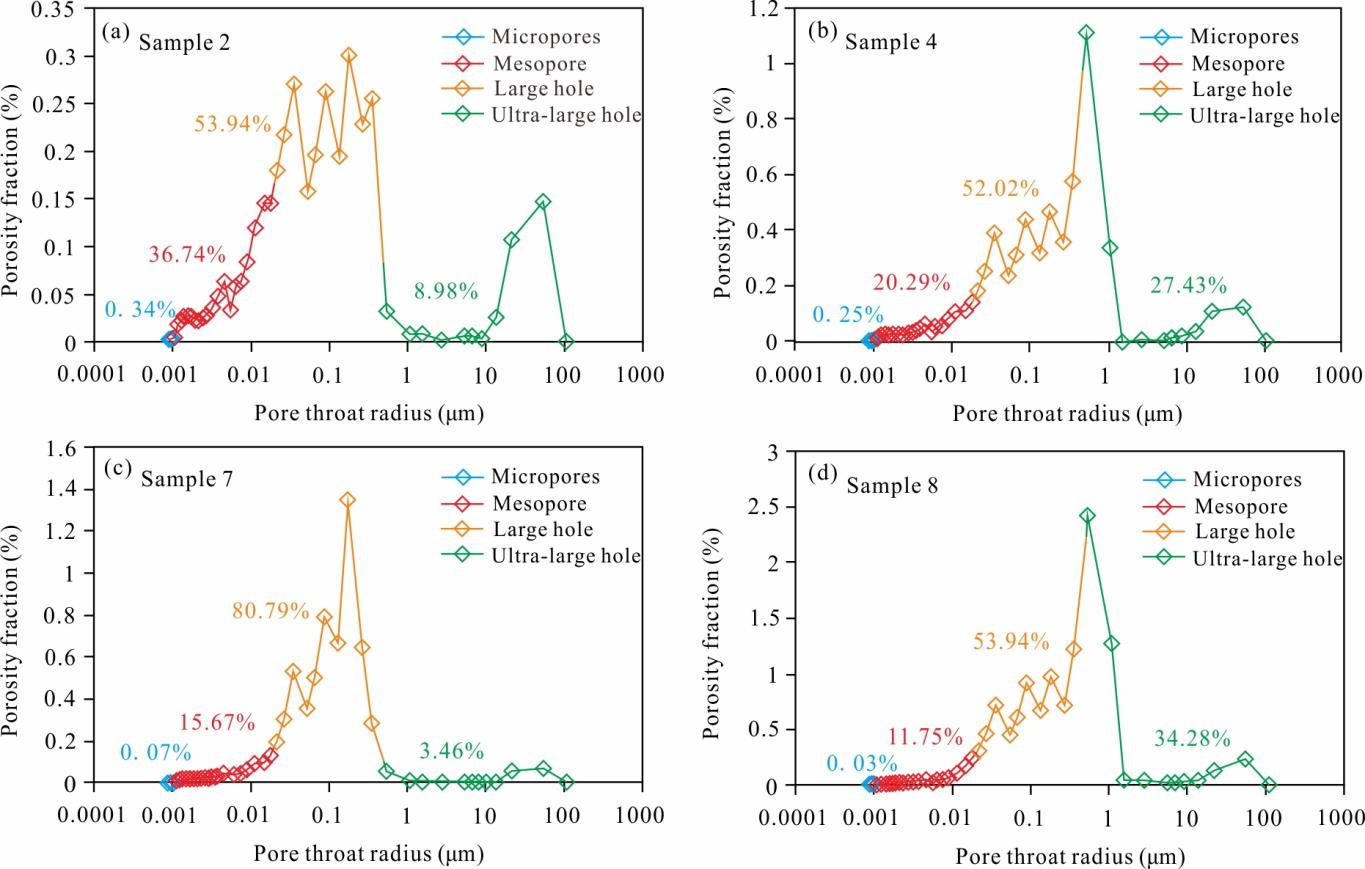Currently, the understanding of coal rocks primarily emphasizes the hydrocarbon generation capacity of coal as hydrocarbon source rocks, and there remains uncertainty regarding the impact of hydrocarbon generation products on adjacent tight sandstone reservoirs. Some studies suggest that humic acid generated in the early stage of coal rock dissolves the skeletal particles leading to the reduction of the rock's compressive resistance, and the dissolution products such as kaolinite and silica are not easy to be migrated, which is unfavourable for the preservation of the pores; and that organic acid generated in the late stage plays a constructive role in the reservoirs. Alternatively, some research posits that CO2 discharged fromhydrocarbon generationin coal rocks easily combines with metal cations in formation water to form carbonate cement, leading to reservoir densification. For tight sandstone reservoirs in coal measures, clarifying the influence of coal rocks on adjacent tight sandstone reservoirs and the mechanism of dissolution modification is the key to determining the favorable coal-sandstone combinations and proving the tight gas resources in coal measures.

Fig 1.Changes in the porosity, permeability, carbon and oxygen isotopes, and carbonate cement content of the tight sandstone reservoir in coal seam roof in well Js1.

Fig 2. Pore throat distribution characteristics of samples from the tight sandstone reservoir in the coal seam roof in the study area. (a) Well J2, 3220.96m, 2.49 m from the coal-sand interface; (b) Well J2, 3222.83m, 0.62 m from the coal-sand interface; (c) Well Y1, 1409.8m, 2.43 m from the coal-sand interface; (d) Well Y1, 1412.08m, 0.15 m from the coal-sand interface.
Aiming at the influence of coal rocks on the tight sandstone reservoirs in its roof and the mechanism of dissolution transformation, we systematically studied the influence of coal rocks on the tight reservoir in its roof in the Turpan-Hami Basin by using the methods of physical properties, casting thin section, X-diffraction analysis, carbon and oxygen isotopes, cathodoluminescence, high-pressure mercury compression, and low-temperature nitrogen gas adsorption, and discussed the mechanism of dissolution modification of the coal rocks on the tight reservoir in its roof, which defined the scope of the influence of coal rocks on tight reservoir in its roof. The results present a new understanding of the influence of coal rock on the tight reservoir in its roof and the mechanism of dissolution modification, which is of guiding significance for the exploration of tight gas resources in coal measures.
CITATION: Yangchen Zhang, Xiyu Qu*, Xuan Chen, Hua Zhang, Weiming Wang, Changsheng Miao, 2024, Influence of coal rock on tight sandstone reservoirs in coal seam roofs: A case study of the lower jurassic in the Taibei sag, Turpan-Hami Basin, China. Marine and Petroleum Geology, 165, 106887, https://doi.org/10.1016/j.marpetgeo.2024.106887.

